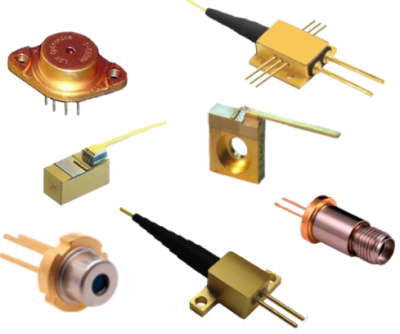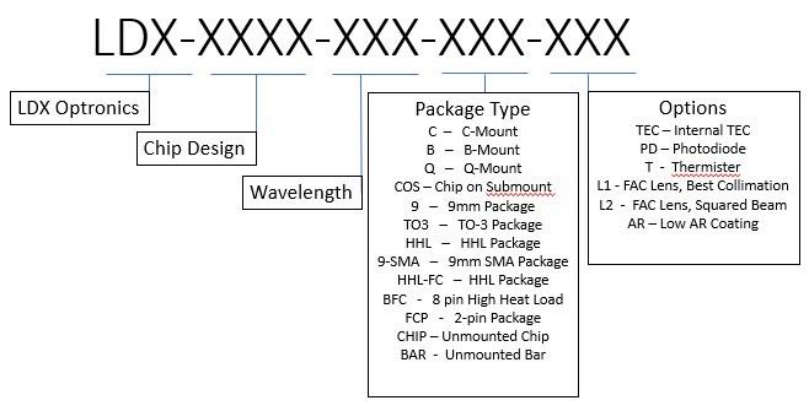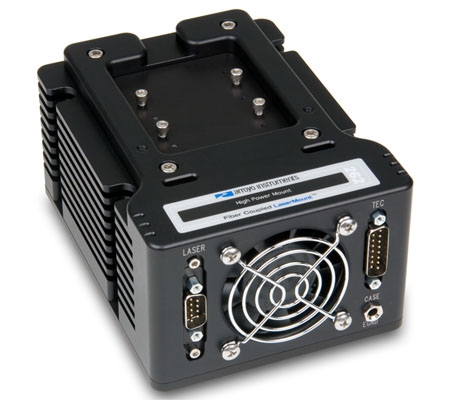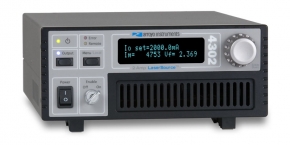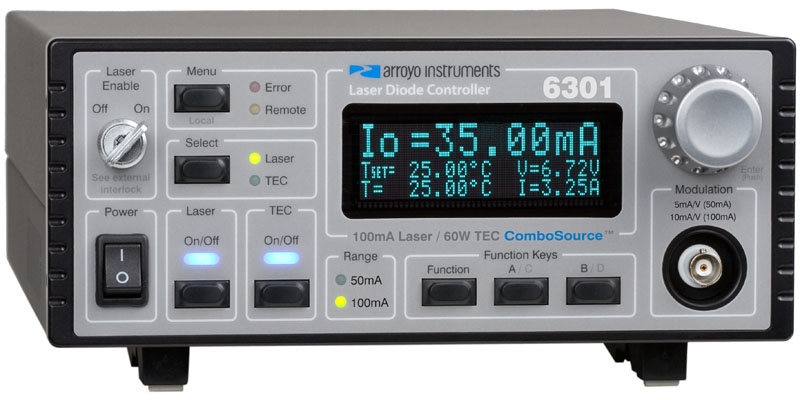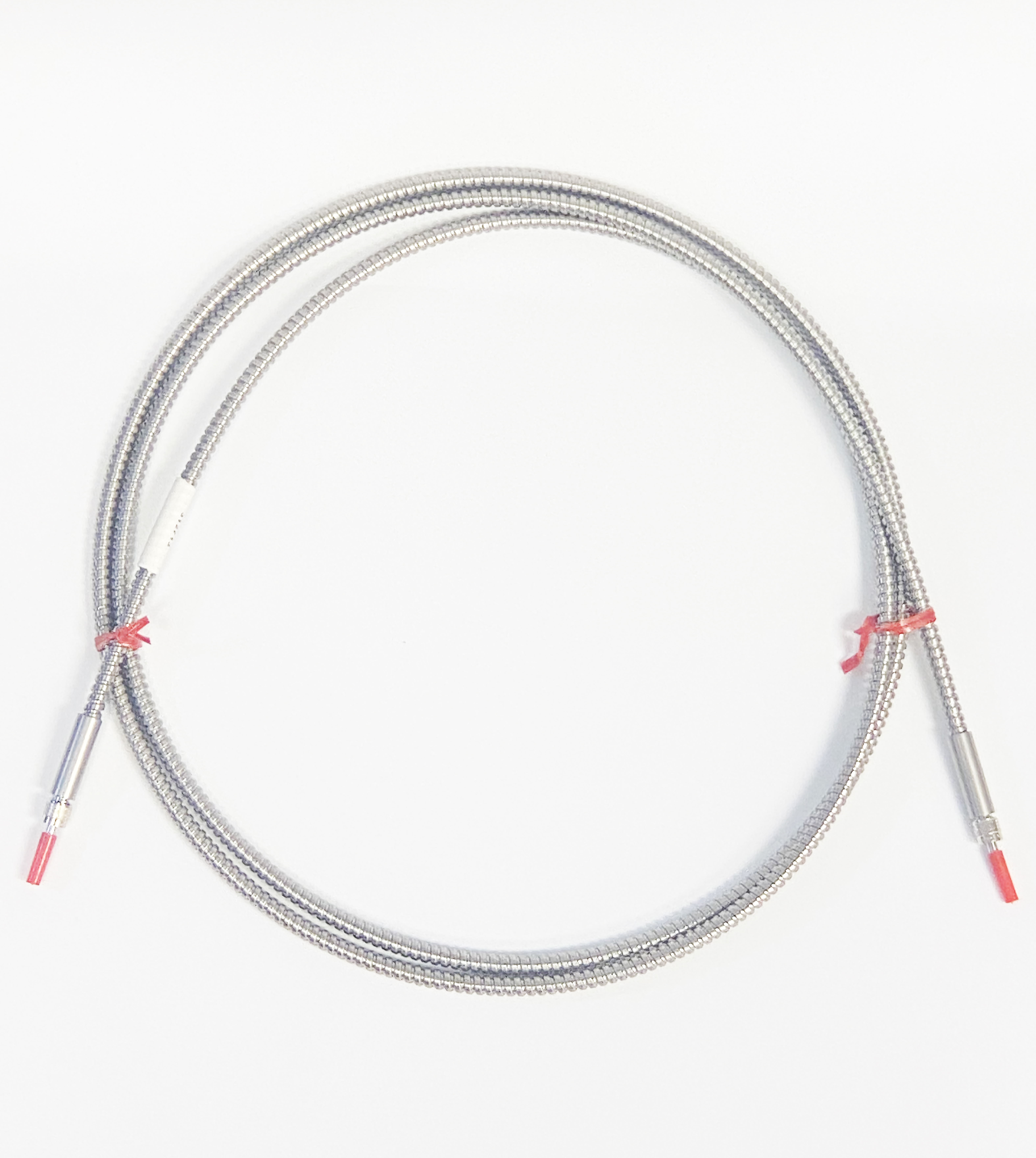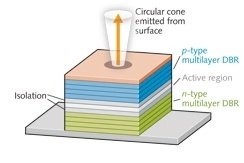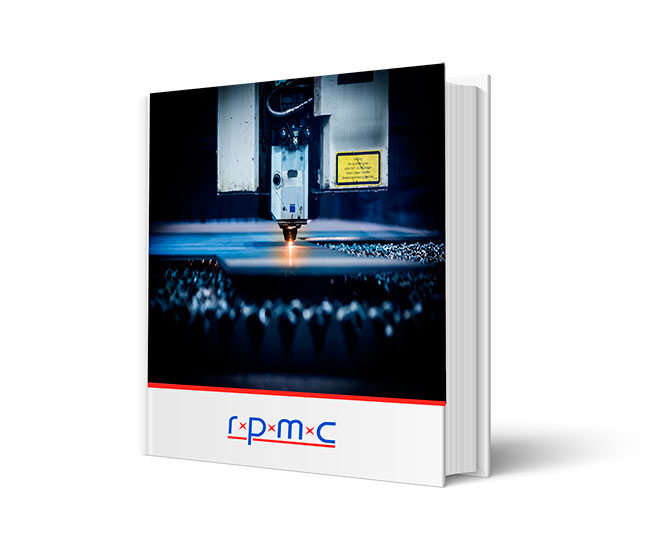LDX-XXXX-1280
Laser Diode, Multimode, 1280nm
Key Features:
- Wavelength: 1280nm
- Output Power: Up to 7000mW free space, 5600mW from the fiber
- High output power and dynamic range
- High efficiency
- Custom packaging available
- Custom wavelengths and laser designs are available.
There are many configurations and options available. If you do not see exactly what you need below, please contact us!
Need Quantities? Have a question?
POPULAR CONFIGURATIONS:
Picture |
Part Number |
Part Description |
Datasheet |
Price |
Lead Time |
|
|---|---|---|---|---|---|---|
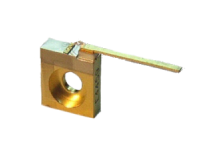
|
LDX-3310-1280-C |
Semiconductor Laser Diode, 1280+/-20 nm, 3500mW, 100um emitter, C-mount |
Inquire |
Get Quote | ||
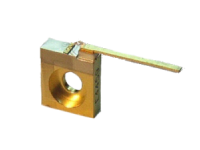
|
LDX-3510-1280-C1 |
Semiconductor Laser Diode, 1280+/-20 nm, 5000mW, 100um emitter, C1-mount (Med) |
Inquire |
Get Quote | ||
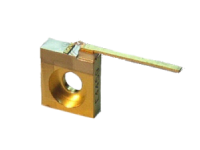
|
LDX-3718-1280-C1 |
Semiconductor Laser Diode, 1280+/-20 nm, 7000mW, 180um emitter, C1-mount (Med) |
Inquire |
Get Quote | ||
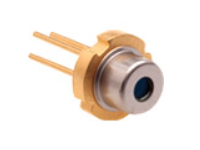
|
LDX-3310-1280-9 |
Semiconductor Laser Diode, 1280+/-20 nm, 3500mW, 100um emitter, 9mm Package |
Inquire |
Get Quote | ||
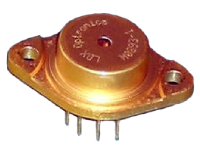
|
LDX-3310-1280-TO3 |
Semiconductor Laser Diode, 1280+/-20 nm, 3500mW, 100um emitter, TO-3 Package |
Inquire |
Get Quote | ||
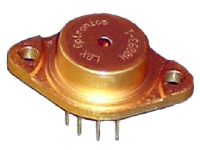
|
LDX-3510-1280-TO3 |
Semiconductor Laser Diode, 1280+/-20 nm, 5000mW, 100um emitter, TO-3 Package |
Inquire |
Get Quote | ||
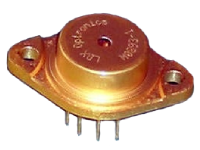
|
LDX-3718-1280-TO3 |
Semiconductor Laser Diode, 1280+/-20 nm, 7000mW, 180um emitter, TO-3 Package |
Inquire |
Get Quote | ||
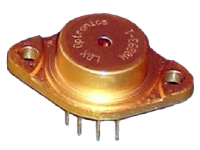
|
LDX-3310-1280-TO3-TEC |
Semiconductor Laser Diode, 1280+/-20 nm, 3500mW, 100um emitter, TO-3 Package w/ TEC, Thermistor |
Inquire |
Get Quote | ||
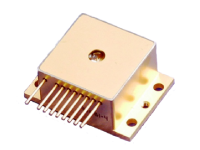
|
LDX-3310-1280-HHL-TEC-PD |
Semiconductor Laser Diode, 1280+/-20 nm, 3500mW, 100um emitter, HHL Package w/ TEC, Thermistor, PD |
Inquire |
Get Quote | ||
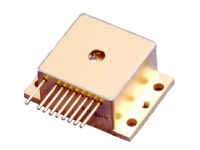
|
LDX-3510-1280-HHL-TEC-PD |
Semiconductor Laser Diode, 1280+/-20 nm, 5000mW, 100um emitter, HHL Package w/ TEC, Thermistor, PD |
Inquire |
Get Quote | ||
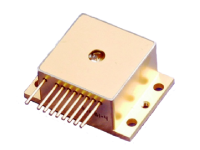
|
LDX-3718-1280-HHL-TEC-PD |
Semiconductor Laser Diode, 1280+/-20 nm, 7000mW, 180um emitter, HHL Package w/ TEC, Thermistor, PD |
Inquire |
Get Quote | ||
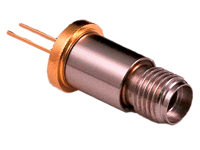
|
LDX-3310-1280-9-SMA |
Semiconductor Laser Diode, 1280+/-20 nm, 3500mW, 100um emitter, 9mm-SMA Package, Detachable Fiber not included |
Inquire |
Get Quote | ||
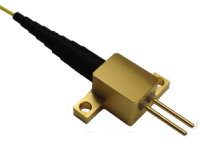
|
LDX-3310-1280-FCP |
Semiconductor Laser Diode, 1280+/-20 nm, 3500mW, 100um emitter, Pigtailed Fiber Coupled 2-pin FCP Package, >80% Output Power from Fiber, Includes 105um, 0.22NA, 1m long fiber pigtail with SMA connector |
Inquire |
Get Quote | ||
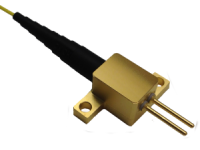
|
LDX-3510-1280-FCP |
Semiconductor Laser Diode, 1280+/-20 nm, 5000mW, 100um emitter, Pigtailed Fiber Coupled 2-pin FCP Package, >80% Output Power from Fiber, Includes 105um, 0.22NA, 1m long fiber pigtail with SMA connector |
Inquire |
Get Quote | ||
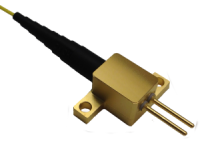
|
LDX-3718-1280-FCP |
Semiconductor Laser Diode, 1280+/-20 nm, 7000mW, 180um emitter, Pigtailed Fiber Coupled 2-pin FCP Package, >80% Output Power from Fiber, Includes 200um, 0.22NA, 1m long fiber pigtail with SMA connector |
Inquire |
Get Quote | ||
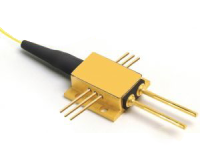
|
LDX-3310-1280-BFC-105-AB |
Semiconductor Laser Diode, 1280+/-20 nm, 3500mW, 100um emitter, Pigtailed Fiber Coupled 8-pin BFC Package w/ Aiming Beam, >80% Output Power from Fiber, Includes 105um, 0.22NA, 1m long fiber pigtail with SMA connector |
Inquire |
Get Quote | ||
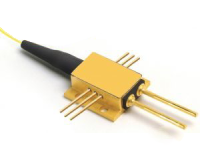
|
LDX-3510-1280-BFC-105-AB |
Semiconductor Laser Diode, 1280+/-20 nm, 5000mW, 100um emitter, Pigtailed Fiber Coupled 8-pin BFC Package w/ Aiming Beam, >80% Output Power from Fiber, Includes 105um, 0.22NA, 1m long fiber pigtail with SMA connector |
Inquire |
Get Quote | ||
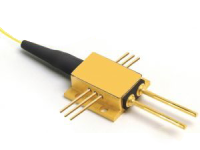
|
LDX-3718-1280-BFC-200-TEC |
Semiconductor Laser Diode, 1280+/-20 nm, 7000mW, 180um emitter, Pigtailed Fiber Coupled 8-pin BFC Package w/ TEC, Thermistor, PD, >80% Output Power from Fiber, Includes 200um, 0.22NA, 1m long fiber pigtail with SMA connector |
Inquire |
Get Quote | ||
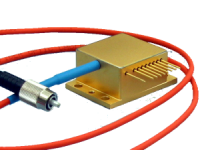
|
LDX-3310-1280-HHLFC-105 |
Semiconductor Laser Diode, 1280+/-20 nm, 3500mW, 100um emitter, Pigtailed Fiber Coupled HHL Package w/ TEC, Thermistor, PD, >80% Output Power from Fiber, Includes 105um, 0.22NA, 1m long fiber pigtail with SMA connector |
Inquire |
Get Quote | ||
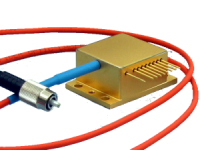
|
LDX-3510-1280-HHLFC-105 |
Semiconductor Laser Diode, 1280+/-20 nm, 5000mW, 100um emitter, Pigtailed Fiber Coupled HHL Package w/ TEC, Thermistor, PD, >80% Output Power from Fiber, Includes 105um, 0.22NA, 1m long fiber pigtail with SMA connector |
Inquire |
Get Quote | ||
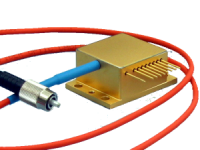
|
LDX-3718-1280-HHLFC-200 |
Semiconductor Laser Diode, 1280+/-20 nm, 7000mW, 180um emitter, Pigtailed Fiber Coupled HHL Package w/ TEC, Thermistor, PD, >80% Output Power from Fiber, Includes 200um, 0.22NA, 1m long fiber pigtail with SMA connector |
Inquire |
Get Quote |
The LDX Series of made-in-the-US, high power, multimode laser diodes provides wavelengths from 400nm – 1900nm, a wide range of output powers and package types, as well as completely customized solutions. We have been offering these high quality laser diodes for over 25 years. The performance, reliability, and lifetimes are time tested and if for some reason there is an issue, we will make it right.
Benefits:
- Low threshold current and high slope efficiency: resulting in a low operating current that enhances reliability
- High precision placement with a flux-free, void-free, uniform solder thickness
- Customizable: From wafers & packaging to options & qualification
- Made-in-the-US: No tariffs or international shipping issues
- Dependable Delivery: Just-in-time deliveries – Buffer stock
- No Discontinued Products: Guaranteed supply for the life of your program
- Advanced hard or soft laser soldering process – Superior packaging
- The broadest selection of diode wavelengths and packaging configurations on the market
We have many standard packages and configurations available, as well as customization options, including micro-lensing, fiber coupling, TECs, photodiodes, and aiming beams. We can also offer electrical isolation, ruggedization & low SWaP, advanced thermal management, custom submount designs, special facet coatings, and more!
If you have any questions or need more information, please contact us.

 SHIPS TODAY
SHIPS TODAY 